For Professionals, By Professionals

Discover ProX PC for best custom-built PCs, powerful workstations, and GPU servers in India. Perfect for creators, professionals, and businesses. Shop now!
SERVICES
WE ACCEPT









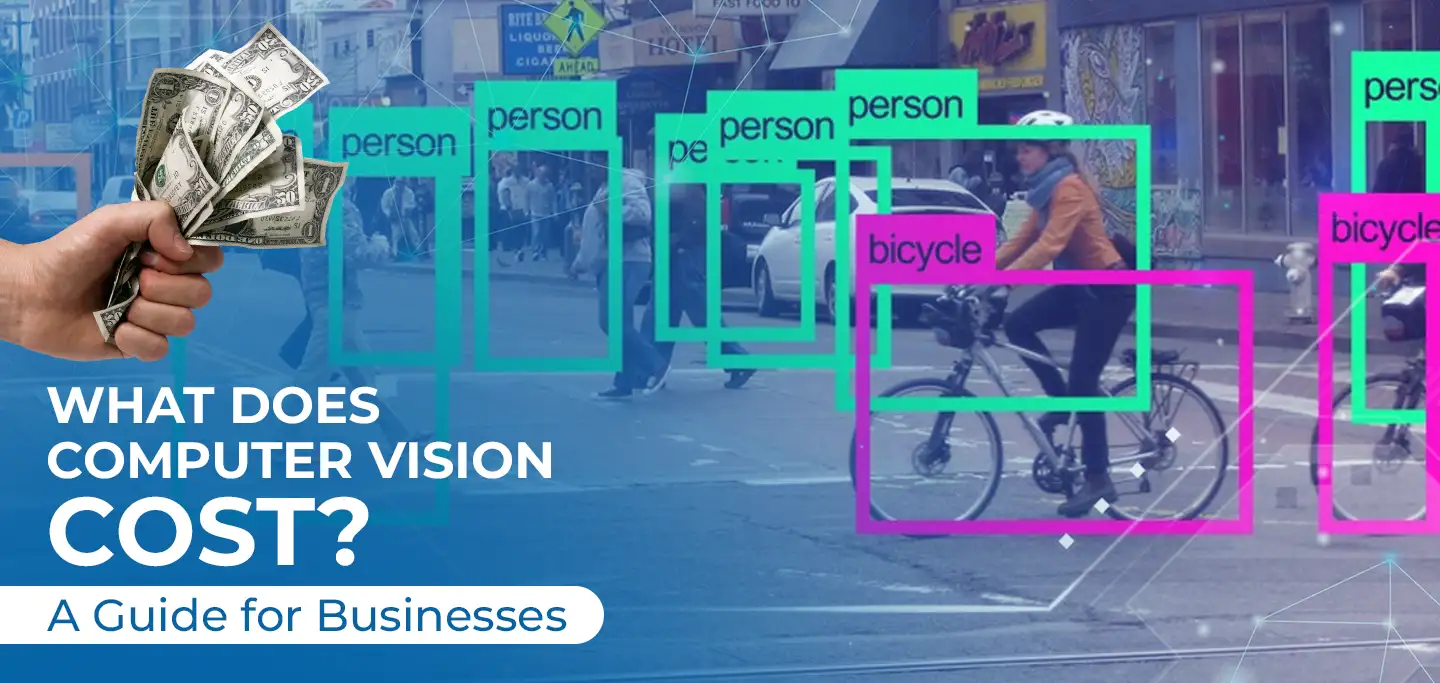
Contents
This comprehensive guide aims to help businesses navigate the costs of computer vision, one of the most powerful technologies of the century. We provide a high-level technology overview and strategies for saving costs and improving the cost-efficiency of computer vision applications.
Therefore, we will discuss the key drivers of computer vision costs and how to calculate or estimate the cost of AI vision technology. The goal of this guide is to help teams quantify and compare the pricing of different computer vision software alternatives and platforms.
In particular, we will cover:
About us: Viso Suite is the end-to-end solution for enterprises integrating computer vision into their workflows. With a simplified interface and complete control over the app lifecycle, Viso Suite omits the need for point solutions. Learn more about the value of Viso Suite by booking a demo with our team.
The ability to automate human sight with computers opens up massive opportunities and use cases across every sector of the economy, including manufacturing, healthcare, transportation, smart city, agriculture, sports, retail, logistics, and more.
For example, in security use cases, computer vision is used to analyze video footage in real-time to detect intrusion events faster and much more efficiently than human operators who need to permanently stare at walls of video monitors. In industrial manufacturing, machine vision systems apply AI vision inspection to detect product damage, count items, or early detect events that would cause costly business disruptions or accidents.
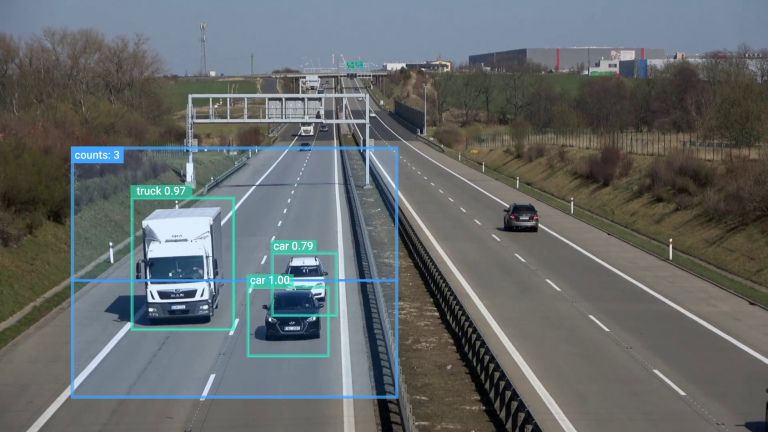
Computer vision in smart cities requires highly scalable technologies.
Years later, in the 2010s, deep learning showed great results in computer vision by applying multiple hidden layers as parts of neural networks. Until today, deep learning provides the best detection results in computer vision challenges, with YOLOv7 achieving the best results.
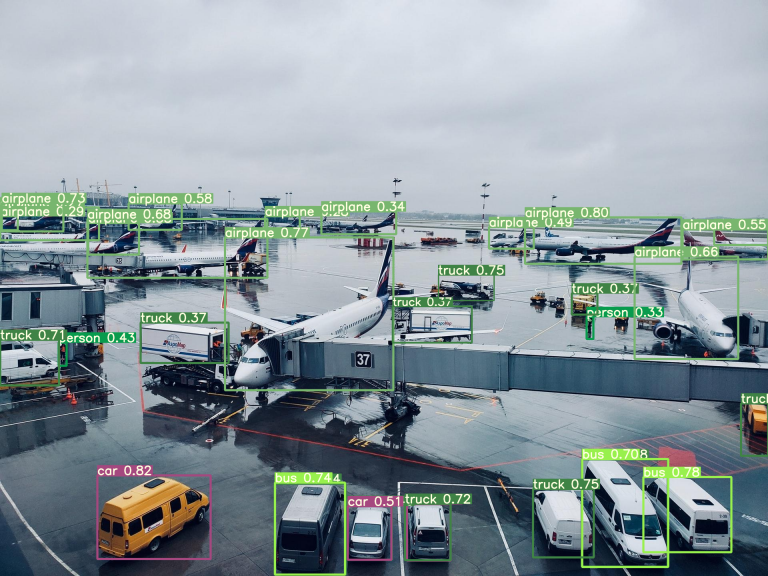
Computer vision with the deep learning model YOLOv7
However, Artificial Intelligence is computationally complex and requires significant processing resources. The new Cloud technologies provided a way to find the enormous server capacities needed for AI model training and inferencing. With the Internet of Things (IoT), the data volume gathered by millions of sensors grows massively. With the unprecedented amount of data from live streaming and connected devices, advanced computing and AI are needed to make sense of this amount of data (AIoT).
While Cloud Computer Vision APIs are an easy way to make resources available, sending all data to the Cloud and processing it there is not very efficient and comes with drawbacks. Hence, the Cloud requires a constant internet connection, expensive communication costs, latency, privacy, and bottleneck risks – all impact costing and scalability.
Therefore, the concept of Edge AI was introduced, which leverages Edge Computing. This shifts AI tasks from the Cloud to the network edge, closer to where data is generated. In practice, cameras are connected to an edge device, and a machine learning model runs on-device to process images or videos in real time. The main challenges are managing both hardware and software and the resource constraints of the edge device.
Image
The concept of Edge AI with decentralized processing of visual data
Edge AI, or Intelligent Edge, plays an important role in applying computer vision and deploying it as real-world applications. The decentralized approach is much more efficient, allows real-time performance, allows privacy-preserving image analysis without sending or storing image data, and can still run in offline situations. Popular examples include connected vehicles or smart factories.
Image
Advantages of Edge AI for deep learning
In the early stages and to get started with computer vision, companies often relate to ready-made turnkey computer vision products. This usually changes when computer vision becomes a strategic issue, and the technology is expected to deliver high value mid and long-term. From this point in time, most businesses conclude that they need to build their computer vision systems.
Firstly, most computer vision systems need to be specific and customized toward the business case to deliver maximum value and optimize the costs. Companies need to fully integrate AI vision into existing infrastructure (cameras, network, software systems) and avoid technology lock-ins. Also, most businesses will need multiple and different applications. Using different turnkey products causes overlaps and the risk of isolated technology silos.
As computer vision provides a strategic advantage, a company needs full control of the application design and data model. Most applications involve sensitive image data (IP, private information). With constantly changing regulations and advancing technology, the agility to modify and update AI vision applications is critical for long-term success.
In short, the more value a computer vision application provides, the more a company needs to fully control and build its computer vision technology. That’s why you see companies across industries hire machine learning and computer vision engineers.
Since computer vision is an emerging technology, there are no agreed-on conventions for how to measure the costs of AI vision. In computer vision research literature, low-cost computer vision refers to a wide range of what is considered expensive (from a GPU to a data center).
It isn’t easy to compare the cost of different computer vision platforms because of the high variability in terms of functionality. If a software product does not provide infrastructure or requires additional products, we must also assess those costs. Missing features and additional integrations can lead to unexpected expenses. Especially security and privacy capabilities are expensive yet critical for success.
The architectural design and infrastructure greatly determine the total costs of an AI application. For example, there is a vast difference between analyzing a few images per minute in a web application and always-on computer vision systems that process one or multiple video streams in real time. Therefore, it is crucial to differentiate between a simple prototype and a sophisticated business application.
Computer vision involves image processing, a very resource-intensive and complex task. Usually, it is not the cameras but the powerful processors and complex software that drive the costs of image recognition. As an emerging AI technology, those highly knowledgeable of computer vision are hard to find. Therefore, highly paid engineers with production experience, AI consultants, and solution architects. Even a small team can quickly cost over a million USD per year.
The entire goal of computer vision is efficiency; it is about achieving the maximum performance required for an application at minimal costs. If the costs of computer vision are too high, there is no business case. The lower the technological costs are, the more business applications become economically viable.
Cloud-based computer vision uploads each image or camera frame to a cloud server and then applies the deep learning model using the GPU resources of the data center. Then the metadata (results, e.g., detected classes) is sent with the API response. The data-offloading, despite hashing and no permanent storage, is often a red flag for companies that don’t allow sending or storing video data containing Intellectual Property (IP) or private information in the Cloud for legal reasons. The centralized cloud approach comes with unavoidable latency and communication costs and the risk of bottlenecks that lead to cost spikes. This requires constant internet connectivity for the system to run.
The cost of cloud-based computer vision is often difficult to estimate because of complex and dynamic pricing models. APIs often have a free budget for low-volume testing and small prototypes. However, costs can go up rapidly, and poorly designed applications may lead to huge usage spikes.
Some APIs charge per unit, per detection, per label, per frame, or have other limits such as frames per second (FPS). Most computer vision applications require a combination of different AI vision tasks. For example, facial recognition requires (1) face detection in combination with (2) classification to match the face with a database. Or number plate recognition (1) detects the vehicle, (2) locates the number plate, and (3) reads the plate (OCR). This means that more accurate or efficient application designs double or multiply the API costs of an application.
Computer vision APIs are useful for applications that involve low bandwidth and web-based image analysis. Cloud-based AI vision is challenging to scale and apply for AI video analysis in real-world applications. Its use is very limited for mission-critical and business applications.
Edge AI methods leverage Edge Computing to run machine learning on physical computers or servers connected to a network. The data from cameras is processed immediately, without the need to store or send video data. Edge systems can run despite internet connection interruptions without losing data (edge-side buffer). The decentral approach is highly scalable; edge endpoints can be added or stopped without affecting the other endpoints.
The cost of edge-based computer vision is primarily driven by hardware costs. However, those one-time costs of edge hardware are usually significantly lower compared to equivalent cloud costs and are easier to calculate. Technically, any computer or embedded server can be an edge device. We can run the applications on standard CPU or GPU processors or specialized AI accelerators (VPU, TPU, etc.) easily connectable using conventional interfaces (PCIe, USB, etc.).
The big challenges of Edge AI are (1) the limited hardware resources per device and (2) the software to manage hardware efficiently. Edge Computing and IoT communication make Edge AI much more challenging to implement and maintain than web applications.
The Balance of Accuracy and Speed
Computer vision technology advances rapidly, and newer techniques and deep learning models likely outperform older ones. However, computer vision algorithms have different goals in mind, and it is vital to choose an algorithm suitable for specific tasks.
Certain deep neural networks are optimized for high accuracy by combining multiple processing steps (e.g., R-CNN, ResNet). Meanwhile, other deep learning models are useful for high inference speed requirements and, therefore, more lightweight (e.g., SSD, YOLO algorithms).
In simple words, complex models tend to be heavier and require more computing resources. This requires a stronger GPU or CPU. Heavy models are also large (tens of GB storage) and usually not suitable for mobile deployment. With the importance of deep learning on mobile devices, there are great advances in making models lightweight (see TensorFlow Lite or OpenPose Lite).
Image
Keypoint estimation human pose with OpenPose
AI model optimization shrinks the model size and increases resource efficiency, therefore significantly lowering the total costs.
In computer vision applications, the algorithm is only one part of the entire system. For example, in an application to count people in a video stream, a camera provides the video input at 25 frames per second (FPS). The computer vision application fetches and feeds those images into a deep-learning model. The AI model processes the images using the available computing resources (GPU, CPU, VPU processors).
More powerful processing hardware allows processing more frames per second, usually in a range between 1-30 FPS. This is the rate at which information is generated (e.g., the people count per interval) that can be visualized in a dashboard or BI tool (Grafana, Power BI, Tableau, etc.).
Depending on the use case, achieving more frames per second is not always beneficial. This may indicate an inefficient application design and cost-saving potential. All system components must be well-balanced to achieve the required performance at minimal resource input (measured at FPS/Watt, or FPS/$).
The goal of an efficient computer vision application design is to achieve similar application results with lower-cost hardware. Another way to save costs is to process multiple camera streams with fewer computing resources per stream.
Since the cost of computer vision is based on a mix of factors, it is an optimization problem with bottlenecks that could multiply the overall costs. The following strategies provide general steps you can take to make computer vision systems more cost-efficient.
Image
YOLOv3 application for a smart refrigerator in gastronomy and restaurants
Computer vision is very complex and requires the integration of different Machine Learning Platforms, Cloud, Edge Computing, IoT Communication, and image processing. The problem is the vast amount of fragmented tools and platforms that need to be integrated and updated. Using standard programming methods, teams often end up with hard-to-maintain spaghetti code. With complexity increasing over time, the applications become brittle and difficult to maintain and secure.
This is why we have built a computer vision platform to rapidly build, deploy, and maintain applications in one interface.
Get in touch with our team or request a demo to learn more about computer vision solutions.
Image
Viso Suite is the Computer Vision Enterprise Platform
For more info visit www.proxpc.com
Related Products
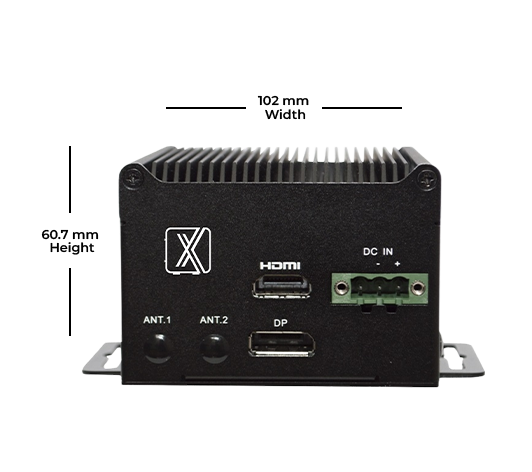
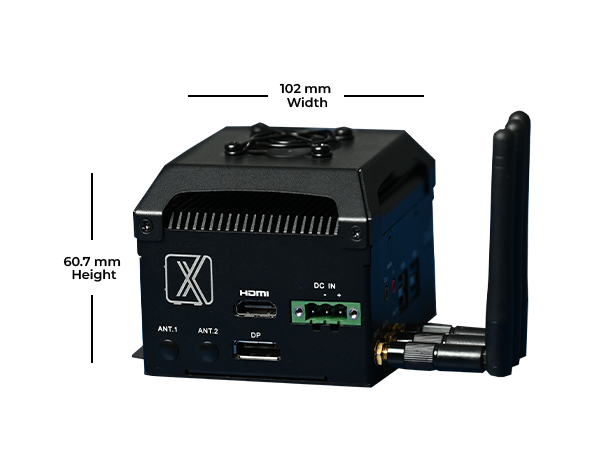
Share this: